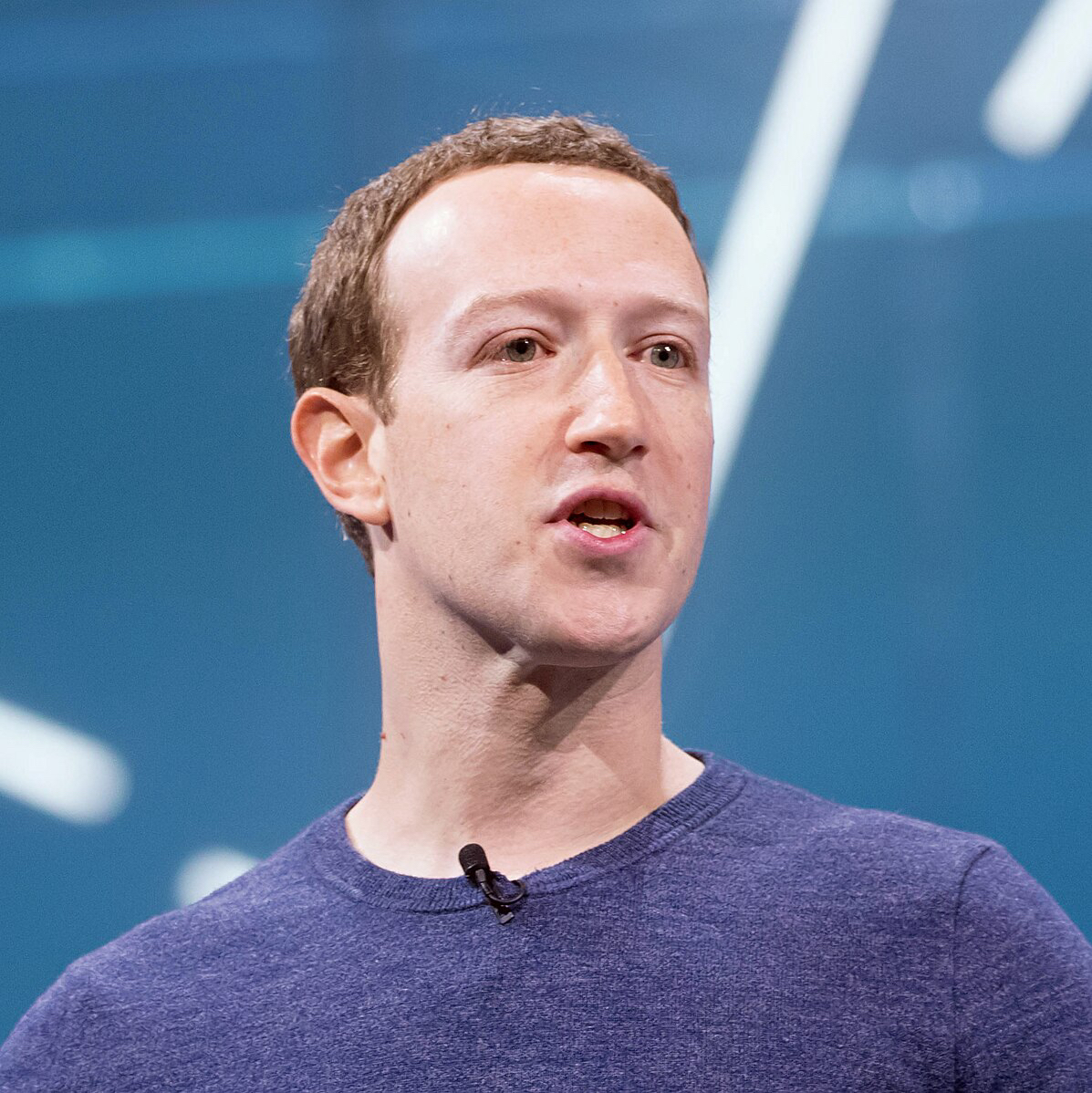Introduction
Mark Zuckerberg, the co-founder and CEO of Meta Platforms, operates a private jet fleet to support his extensive travel for business, philanthropy, and personal commitments. As of 2025, he reportedly owns a Gulfstream G650ER, with speculation of an upgrade to the Gulfstream G700 in 2024. These aircraft allow for non-stop global travel, enhanced security, and operational flexibility, which is crucial for an executive of his stature.
Despite its efficiency and luxury, his private aviation activities have drawn increasing scrutiny, particularly regarding their carbon footprint and high operational costs. With an estimated 500 annual flight hours, his fleet incurs over $5 million in annual expenses while emitting 2.84 million kg of CO₂ per year—raising questions about sustainability, public perception, and regulatory compliance.
This comprehensive report examines his fleet’s composition, operational challenges, environmental impact, costs, and future prospects, reflecting the broader debate surrounding executive travel and private aviation sustainability.
Mark Zuckerberg’s Private Jet Fleet Composition
Aircraft Overview
Mark Zuckerberg’s private aviation strategy relies on high-performance, ultra-long-range jets for efficiency, privacy, and security. As of 2025, his fleet includes:
• Gulfstream G650ER (Acquired 2021, registered as N68885)
• Range: 7,500 miles
• Capacity: Up to 19 passengers
• Cruise Speed: Mach 0.90 (690 mph)
• Features: Advanced avionics, private suites, satellite communication, full kitchen
• Use Case: Business meetings, philanthropy visits, and personal travel across North America, Europe, and Asia
• Speculated Gulfstream G700 (Potential 2024 upgrade, unconfirmed)
• Range: 8,000 miles
• Capacity: 19 passengers
• Cruise Speed: Mach 0.925 (710 mph)
• Enhanced Features: Largest cabin in its class, improved fuel efficiency, next-generation noise reduction
• Use Case: Expansion of range and luxury, reinforcing his commitment to long-haul private aviation
The G650ER and G700 are among the most advanced and expensive business jets available, indicating Zuckerberg’s desire for top-tier efficiency, security, and operational flexibility.
Operational Use and Cost Analysis
Why Zuckerberg Needs a Private Jet Fleet
Zuckerberg’s demanding global schedule requires a flexible, secure, and efficient travel solution. His private jets are essential for:
• Meta Business Operations – Frequent flights between Meta’s headquarters in Menlo Park (California) and international offices in New York, London, and Singapore.
• Philanthropic Initiatives – Visits to projects funded by the Chan Zuckerberg Initiative in Africa, Asia, and Latin America.
• Personal and Family Travel – Discretionary trips requiring privacy, direct routing, and security.
Estimated Annual Operating Costs
Owning a private jet fleet comes with substantial financial obligations, including:
• Fuel Costs – The G650ER burns approximately 450 gallons per hour at $8 per gallon, totaling $2 million annually for 500 flight hours.
• Maintenance and Inspections – Routine airframe checks, avionics maintenance, and part replacements cost $1.5–$2 million per year.
• Crew Salaries – Zuckerberg’s fleet requires two pilots ($300,000 each), two flight attendants ($100,000 each), and additional maintenance staff, totaling over $1 million annually.
• Hangar and Insurance Fees – Private storage at secure hangars costs $200,000, while aircraft insurance adds $300,000 per year.
• Regulatory Compliance and Airspace Fees – International overflight fees, landing permits, and airworthiness compliance cost $500,000 per year.
Total Estimated Annual Cost: $5–$6 million
Each flight hour costs approximately $10,000, underscoring the financial impact of maintaining a private fleet.
Environmental and Sustainability Considerations
Carbon Footprint of Zuckerberg’s Private Jet Fleet
Despite Meta’s sustainability commitments, Zuckerberg’s private jet usage results in significant carbon emissions.
• The Gulfstream G650ER emits 5,688 kg of CO₂ per flight hour.
• 500 annual flight hours result in 2.84 million kg of CO₂ emissions.
Public Criticism and Environmental Scrutiny
Given his public stance on sustainability, Zuckerberg’s private jet emissions have attracted backlash, including:
• A viral X (formerly Twitter) post in January 2025 criticizing his jet use while Meta promotes sustainability, gaining over 50,000 shares.
• Environmental organizations, including Greenpeace, have called for corporate leaders to reduce private aviation emissions.
Potential Sustainability Strategies
To counteract emissions and public criticism, Zuckerberg could implement sustainability measures:
1. Sustainable Aviation Fuel (SAF)
• SAF reduces emissions by up to 80%, but costs three times more than regular jet fuel ($24 per gallon vs. $8 per gallon).
• Full SAF adoption would add $5 million annually to operational costs.
2. Carbon Offsetting Programs
• Purchasing carbon credits at $50 per ton of CO₂ would cost $140,000 per year.
3. Fleet Electrification & Hybrid Aviation
• Hybrid-electric aircraft may reduce emissions by 50% by 2035, though Gulfstream has no near-term electric aircraft offerings.
Will Zuckerberg Make Changes?
• If public scrutiny intensifies, he may increase SAF usage or adopt carbon offsetting.
• Future adoption of hybrid-electric technology remains possible, but currently impractical.
Challenges Facing Zuckerberg’s Private Aviation Strategy
1. Increasing Regulatory Scrutiny
Governments are imposing stricter emissions regulations, including:
• EU’s Fit for 55 Initiative, which could impose $50 per ton carbon taxes by 2030 ($140,000 yearly for Zuckerberg’s flights).
• FAA and EASA emissions caps that may limit ultra-long-range private jets.
2. Rising Fuel Costs
With jet fuel prices fluctuating, costs could rise by 20% by 2030, adding $400,000+ annually.
3. Negative Public Perception
• Social media backlash could damage Meta’s reputation, forcing a stronger sustainability response.
• Investor pressure may increase, with shareholders demanding greater transparency.
Future of Mark Zuckerberg’s Private Jet Fleet
Zuckerberg’s private aviation future will be shaped by technological advancements, regulations, and sustainability commitments.
1. Fleet Modernization
• As the G650ER reaches 15 years of service by 2036, a replacement may be necessary.
• The Gulfstream G800 (launching 2026) offers 15% better fuel efficiency and could be a logical upgrade.
2. Adoption of Alternative Propulsion
• Future electric or hydrogen-powered aircraft could reduce emissions by 50% by 2040.
• Hybrid-electric short-haul flights could lower fuel costs and carbon footprints.
3. Shared Private Jet Ownership
• Fractional ownership could reduce operational costs, though less common for billionaires.
• If sustainability concerns grow, this might become a viable option.
4. Increased Virtual Meetings
• With advances in virtual reality and remote work technology, Zuckerberg may reduce flight hours by 10% per year, saving $500,000 annually.
5. Stricter Regulatory and Public Pressure
• Stronger emissions regulations could force increased SAF usage or hybrid aircraft adoption.
• If criticism intensifies, Meta’s shareholders may demand transparency in Zuckerberg’s travel habits.
Conclusion
Mark Zuckerberg’s private jet fleet provides essential flexibility and security, but it comes at a significant financial and environmental cost. As sustainability and regulatory scrutiny intensify, he faces growing pressure to align his travel habits with his public commitments.
While technological advancements and policy changes may shape his future aviation strategy, his long-term reliance on private jets will depend on balancing efficiency, cost, and environmental impact.
Disclaimer
This article is based on publicly available information and reports as of 16 March 2025. While every effort has been made to ensure accuracy, we cannot guarantee the completeness of the information provided.

